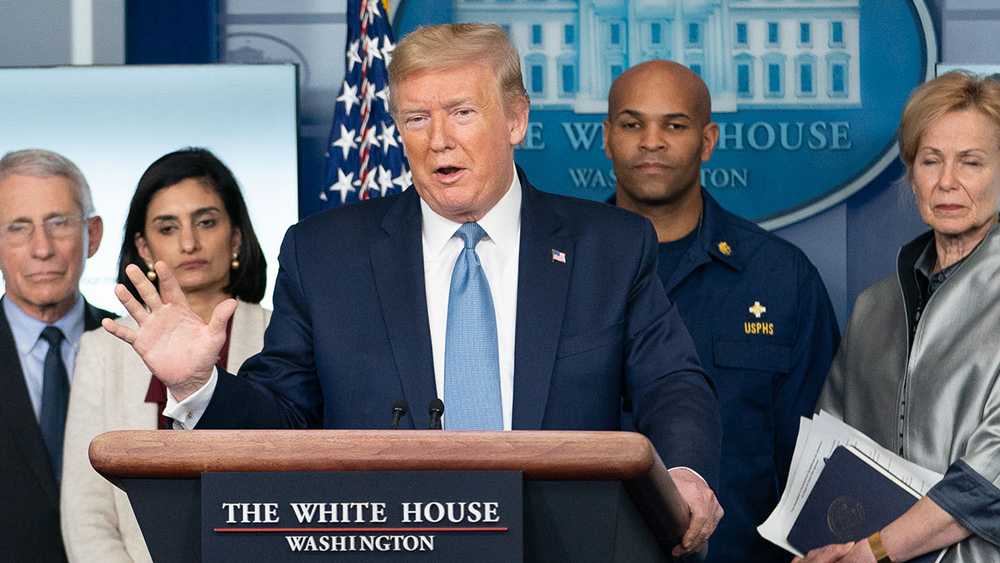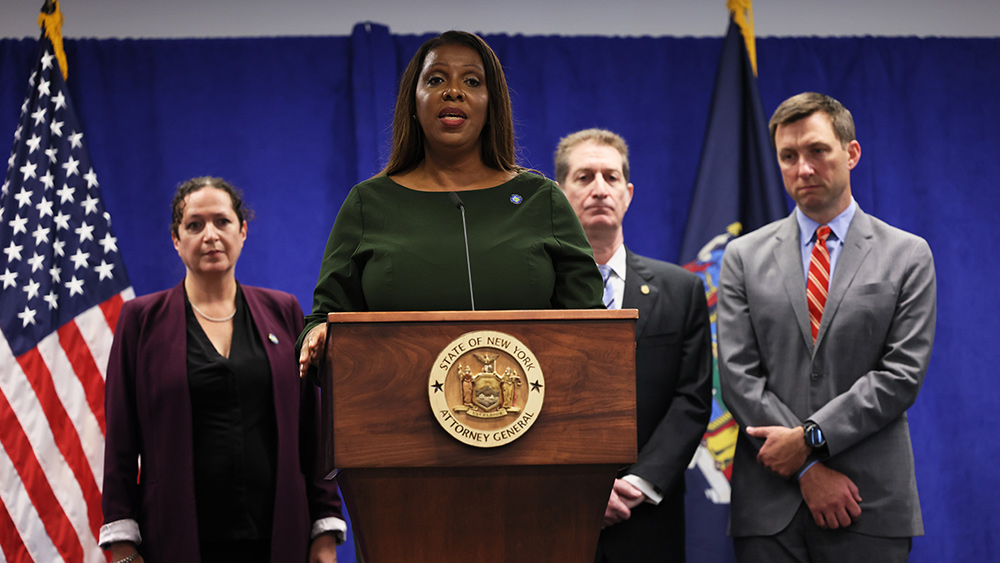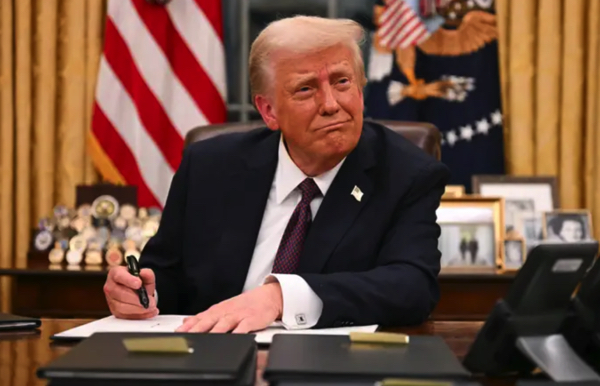 Parler
Parler Gab
Gab
- President Donald Trump signed executive orders to bolster the coal industry, including a two-year exemption from strict EPA regulations (MATS) for certain coal plants, aiming to prevent premature closures and stabilize energy production.
- The administration argues coal plants are vital for national security and grid reliability, providing 16% of U.S. electricity. Closures could risk shortages and increased foreign energy dependence.
- Trump’s policies prioritize economic growth in coal-dependent regions (e.g., West Virginia, Kentucky) while maintaining air/water standards. Past actions include repealing the Clean Power Plan and enacting the Affordable Clean Energy rule.
- Opponents, including the NRDC and Democratic governors, warn of increased pollution and climate harm, calling the orders "reckless" and vowing to resist them with state-level clean energy policies.
- The orders signal a pro-coal shift, but long-term success depends on balancing industrial revival with market trends favoring cleaner energy (natural gas, renewables). The debate over U.S. energy policy continues.
A strategic move to secure energy independence
President Trump's executive actions are designed to address what he perceives as an overreach by environmental advocates and the previous administration, which he argues has jeopardized America's energy reliability and national security. The centerpiece of these actions is a proclamation that grants a two-year reprieve from the Environmental Protection Agency's (EPA) Mercury and Air Toxics Standards (MATS) for certain coal plants. This move is intended to prevent the premature closure of these plants, which are crucial for maintaining the stability of the national electrical grid. Key points of the proclamation:- Relief from MATS: Coal plants will be allowed to comply with a less stringent version of the MATS rule for two years, providing them with the necessary time to either upgrade their facilities or develop viable alternative technologies.
- Grid stability: The administration emphasizes that coal plants are essential for grid reliability, contributing about 16% of the nation's electricity generation. The closure of these plants could lead to electricity shortages and increased reliance on foreign energy sources, posing a significant risk to national security.
Balancing environmental standards with economic growth
President Trump has consistently advocated for a pragmatic approach to environmental policy, one that supports economic growth while maintaining high standards for air and water quality. This philosophy is reflected in his previous actions, such as the repeal of the Obama-era Clean Power Plan and the implementation of the Affordable Clean Energy rule in 2019. These measures were designed to preserve jobs and support the coal industry while addressing emissions in a feasible manner. Historical Context:- Decline of coal: The coal industry has been in decline for decades, with its share of U.S. electricity production dropping from about 50% in the early 2000s to around 16% in 2023. This decline is largely due to the rise of cheaper and cleaner alternatives, such as natural gas and renewable energy sources.
- Economic impact: The closure of coal plants has led to job losses in coal-mining communities, particularly in states like West Virginia, Kentucky and Wyoming. Trump's actions are seen as an attempt to mitigate these economic impacts and support the livelihoods of coal miners and their families.
Challenges and criticisms
Despite the administration's optimistic outlook, the move to revitalize the coal industry faces significant challenges and criticism from environmental groups and some state governments. Critics argue that the continued use of coal is detrimental to public health and the environment, contributing to air pollution and climate change. Reactions:- Environmental groups: Organizations like the National Resources Defense Council (NRDC) and the Center for Biological Diversity have condemned the executive orders, warning that they will lead to increased pollution and health risks. Kit Kennedy, managing director for power at the NRDC, stated, "What's next, a mandate that Americans must commute by horse and buggy? Trump's coal orders take his worship of dirty fossil fuels to a gross and disturbingly reckless new level."
- State governments: Democratic governors, such as New York's Kathy Hochul and New Mexico's Michelle Lujan Grisham, have criticized the orders as an illegal attempt to usurp states' rights to act on climate change. They vow to continue advancing clean energy policies and protecting the environment.
Conclusion: A path forward for American energy
President Trump's executive orders represent a significant shift in U.S. energy policy, prioritizing the coal industry and domestic energy production. While the administration argues that these actions are necessary to ensure energy security and economic stability, they also highlight the ongoing tension between environmental concerns and industrial interests. As the nation navigates this complex landscape, the success of Trump's strategy will depend on its ability to balance these competing priorities and adapt to the evolving energy market. The coming months will be crucial in determining the impact of these executive orders on the coal industry and the broader energy sector. Whether the measures will lead to a sustainable resurgence of coal or merely delay the inevitable transition to cleaner energy sources remains to be seen. However, one thing is clear: the debate over America's energy future is far from over. Sources include: TheNationalPulse.com WhiteHouse.gov CBSNews.com APNews.comTrump administration BANS Associated Press reporters from Oval Office, defying court order
By Ramon Tomey // Share
DOJ takes over Maine Title IX case as battle over trans athletes in girls’ sports escalates
By Laura Harris // Share
Netanyahu’s Iran attack plan rejected by Trump amid Gaza backlash
By Cassie B. // Share
NY AG Letitia James faces federal criminal probe over alleged mortgage fraud
By Willow Tohi // Share
A struggle over energy future unfolds as developers defy executive order
By Willow Tohi // Share
Trump’s surprise role in Japan trade talks signals new economic order
By Cassie B. // Share
Governments continue to obscure COVID-19 vaccine data amid rising concerns over excess deaths
By patricklewis // Share
Tech giant Microsoft backs EXTINCTION with its support of carbon capture programs
By ramontomeydw // Share
Germany to resume arms exports to Israel despite repeated ceasefire violations
By isabelle // Share










